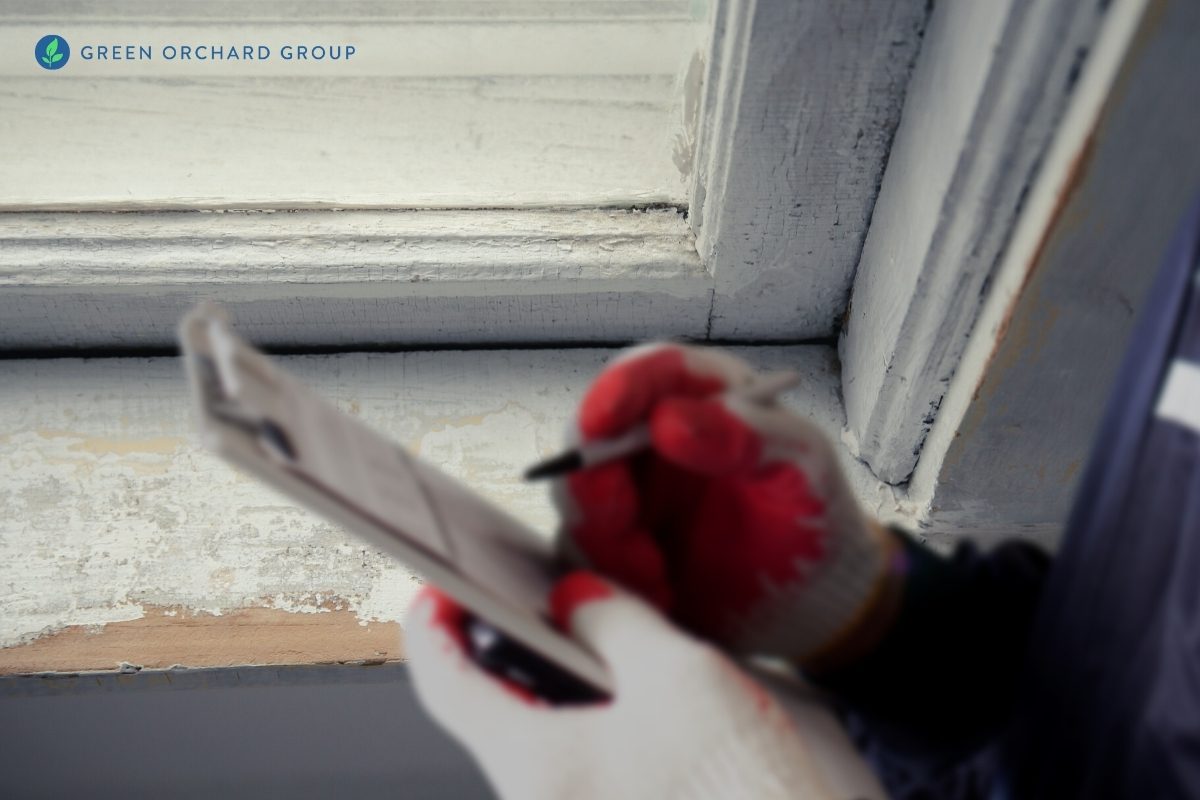Best Practices for Making Sure Safe and Complete Lead Infraction Abatement
Attending to lead infraction reduction calls for a multi-faceted strategy to make sure both safety and compliance. It's the final clearance procedure, entailing extensive examinations and laboratory screening, that truly confirms a lead-free atmosphere, ensuring long-lasting safety and security. Exactly how do these methods interconnect to ensure detailed lead reduction?

First Evaluation
Carrying out a preliminary analysis is a vital first action in lead violation reduction. This stage incorporates an in-depth analysis of the home to determine the presence, level, and particular locations of lead-based hazards. Certified specialists, such as certified lead inspectors or run the risk of assessors, ought to perform an extensive website inspection, making use of tools like X-ray fluorescence (XRF) analyzers to accurately detect and gauge lead focus in paint, dust, dirt, and water.
The evaluation should also consist of an evaluation of the structure's history, previous reports, and any type of grievances or health issues reported by owners - Lead Removal Contractors. Documenting the findings meticulously is vital, as these documents create the basis for establishing a reliable reduction method. An extensive evaluation additionally involves sampling and lab analysis, which are critical to verify the existence of lead and guide succeeding activities
In addition, it is essential to interact the results transparently to all stakeholders, consisting of building proprietors, tenants, and regulative authorities. By making certain that the initial analysis is conducted with accuracy and roughness, experts can lay a solid foundation for a targeted and reliable lead abatement procedure, ultimately securing public health and making sure compliance with governing criteria.
Correct Control
Correct control is important to stop the spread of lead contaminants during reduction activities. Properly taking care of control decreases the risk of lead dirt and debris moving to non-work areas, thus safeguarding both the environment and people outside the prompt work zone.

Regular assessments of the control area are essential to look for violations or weaknesses in the barrier. Any kind of recognized issues ought to be quickly addressed to maintain the integrity of the containment. By adhering to these practices, reduction jobs can successfully manage lead contamination and mitigate associated wellness dangers.
Employee Protection
Making sure worker defense is extremely important during lead reduction jobs to stop work exposure to harmful lead fragments. Crucial measures consist of the usage of personal protective devices (PPE) such as respirators, handwear covers, and full-body fits particularly designed to block lead dust and fumes. Workers must undergo comprehensive training on the appropriate use and maintenance of PPE, consisting of fit testing for respirators to guarantee maximum effectiveness.
Design controls, such as local exhaust air flow systems, are essential in decreasing air-borne lead focus in the workplace. Administrative controls must likewise be applied, including limiting the period of exposure and turning workers to reduce private direct exposure times. Regular medical surveillance and biological surveillance are vital for click site early discovery of lead absorption, making it possible for prompt treatment and treatment.
Additionally, developing a purification protocol is important. Employees should follow rigid decontamination treatments before breaks and at the end of their shift to stop lead dust from being brought outside the workplace. This consists of complete hand and face cleaning with lead-specific cleaning representatives and changing out of infected clothing.
Careful Cleaning
Keeping a safe work environment expands beyond employee defense and encompasses careful cleanup to ensure lead fragments are thoroughly removed from the site. The procedure of precise clean-up is important in avoiding the recontamination of the eased off area and securing both present and future owners.
To achieve a detailed cleaning, all workspace have to be methodically sanitized. This involves the use of specialized HEPA (High-Efficiency Particulate Air) vacuum and wet-wiping strategies to record and get rid of fine lead dirt that may have decided on surfaces. It is crucial to clean up all straight surface areas, including floorings, home window sills, and counter tops, in addition to vertical surface areas that might have trapped lead bits.
Employees have to put on ideal personal safety equipment (PPE) during clean-up to avoid direct exposure to residual lead dust. Utilized cleansing materials such as wipes, sponges, and mop heads ought to be disposed of in accordance with contaminated materials disposal guidelines.

Final Clearance
Final clearance is the vital concluding phase of lead abatement that determines whether why not try this out the website is secure for reoccupation. This vital step involves extensive evaluation and testing to confirm that all lead dangers have actually been successfully gotten rid of. The procedure begins with an aesthetic examination by a certified lead-based paint inspector or risk assessor to guarantee no noticeable dust or debris continues to be. This is adhered to by collecting dirt wipe samples from different surfaces, including floors, windowsills, and other straight surfaces. Lead Removal Contractors.

Last clearance screening not only protects future occupants however additionally ensures compliance with neighborhood, state, and federal laws. Moreover, it acts as a documented recognition of the abatement service provider's adherence to market finest techniques. Making sure a thorough and successful final clearance is important in safeguarding public health and wellness and fostering count on in the reduction process.
Verdict
Guaranteeing risk-free and thorough lead offense abatement demands a multifaceted approach encompassing first analyses with innovative detection approaches, efficient control approaches, strict worker defense methods, and careful clean-up procedures. The final clearance phase, featuring in-depth inspections and lab screening, is crucial to verify conformity with EPA requirements. Adherence to these finest methods guarantees a risk-free atmosphere for residents, minimizes health and wellness dangers, and promotes governing demands, therefore see this page advertising public health and security in lead-affected areas.